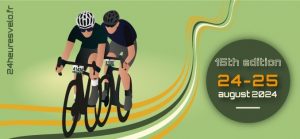If your training seems to have hit a plateau, and your limits no longer seem to increase, then maybe it’s time to start looking at the FITT principles.
‘Doing the same thing will get you the same results’ is an old adage that holds true when applied to the human body. As an evolutionarily-honed collection of functions, the human body has developed into an extremely efficient machine and will always take the path of least resistance when it comes to conservation of its energy and resources.
It is also extremely adaptable to external stressors; changes in terrain, temperature, and even the fuel it uses are made rapidly in order to maintain its primary function of survival – locomotion.
Therefore, when presented with regularly occurring periods of physical demand, it will channel its resources into permanently adapting its musculoskeletal, cardiovascular and cellular systems, making them as efficient as it possibly can to meet these demands.
How does the body adapt?
The human body adapts to exercise in two main ways: acute and chronic physiological responses. Acute refers to immediate changes in the body’s systems, such as an increase in heart rate, while chronic responses are from long-term adaptations to exercise, such as better utilisation of muscle glycogen and blood glucose, increases in neuromuscular activation and intermuscular coordination, becoming more efficient at regulating the ion and molecule accumulations which lead to muscle fatigue and myriad other metabolic and hormonal changes.
Each of the changes your body makes is part of its drive towards optimum efficiency. How you exercise, and how often, will influence these adaptations and will determine how long they take…
Barnaby Dracup
Barnaby Dracup is a PT Level 4, twins dad, writer & editor
https://barnabydracup.com
Excerpt from BIKE Magazine, click here to continue reading the full article

































